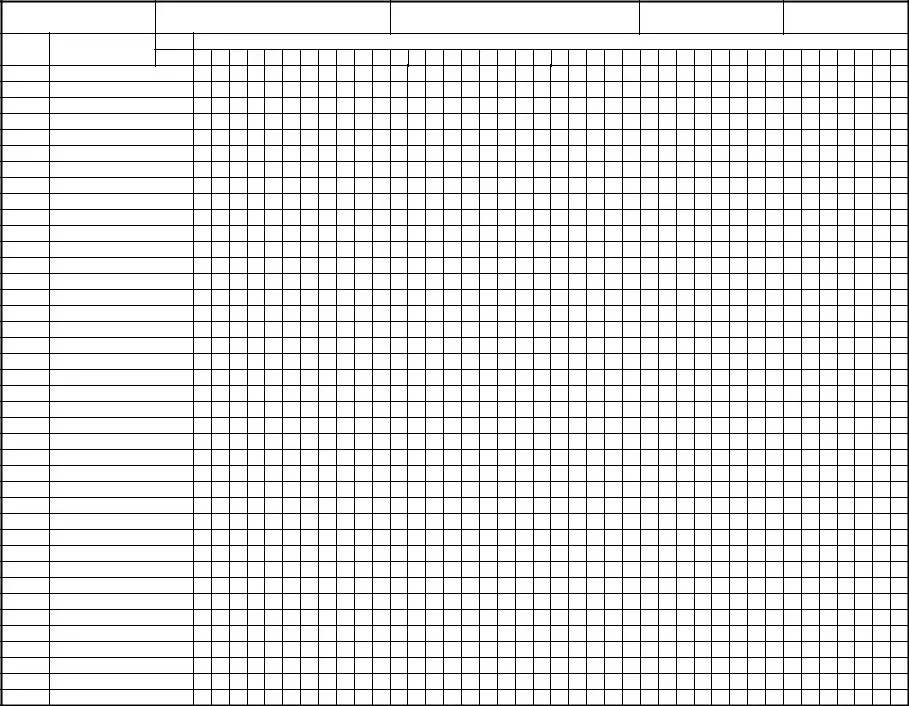What is the DA Form 6?
The DA Form 6 is a document used by military personnel to detail their duty roster, including the nature of their duties, the organization they belong to, and the specific dates for the assigned tasks. It helps maintain an organized record of personnel assignments within the military structure.
How should the DA Form 6 be filled out?
To fill out the DA Form 6, individuals should provide their name, the grade or rank, the organization name, and the dates when they served in particular capacities. Additionally, it’s important to specify the nature of the duty during that time. Ensure that all information is accurate and up-to-date, reflecting the service member’s actual responsibilities.
Where can I obtain a DA Form 6?
You can obtain a DA Form 6 from various military administrative offices or online through the official military form repository. Many installations have copies available as well, and it can often be downloaded from the Army Publishing Directorate's website.
Who is responsible for filling out the DA Form 6?
The responsibility for completing the DA Form 6 generally falls to the service members themselves, with assistance from their supervisors or commanding officers. Supervisors may need to review the form to ensure that the duties listed accurately reflect what was performed during that period.
What happens to the DA Form 6 after it is completed?
Once the DA Form 6 is completed, it should be submitted to the appropriate authority, typically within the chain of command. This form is used for record-keeping and might contribute to performance evaluations, so retaining a copy for personal records may be beneficial as well.
Are there any specific regulations governing the use of the DA Form 6?
Yes, the use of the DA Form 6 is governed by Army Regulation 220-45. This regulation outlines the requirements for duty rosters and other similar documentation within the military framework, ensuring uniformity and compliance across all units.
Can the DA Form 6 be used for purposes other than duty rosters?
The primary purpose of the DA Form 6 is for duty roster documentation. While it is specifically designed for this task, the information contained in it could also be referenced during evaluations or assessments of a service member’s performance. However, it should not be employed for unrelated purposes outside its designated function.
What should I do if I find inaccuracies in my DA Form 6?
If you come across inaccuracies in your DA Form 6, it's essential to rectify them promptly. You should approach your supervisor or an administrative officer to discuss the discrepancies. Corrections may need to be officially documented to ensure that your military records remain accurate.

